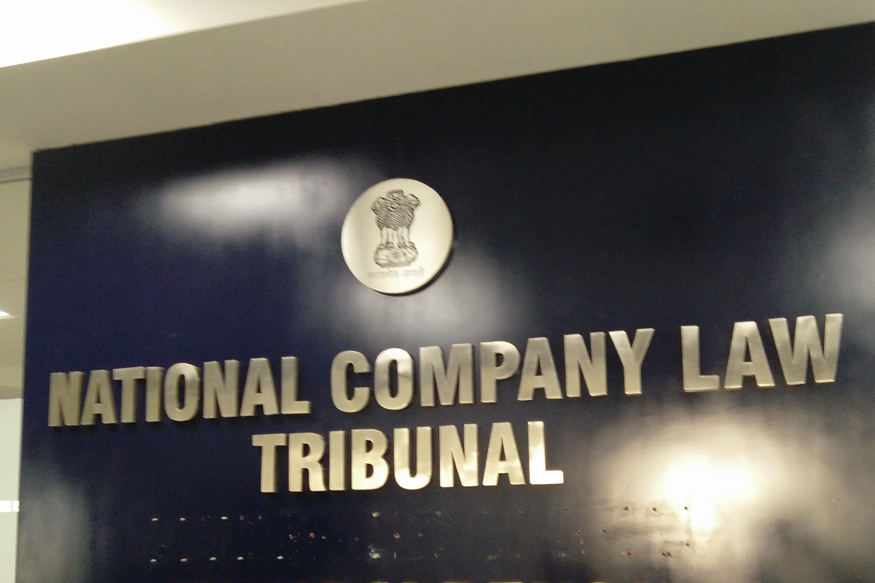The constitution of these Tribunals marks the dissolution of the Company Law Board (CLB).
Fourteen years after its introduction in the Companies (Second Amendment) Act, 2002, and after several rounds of litigation, the Government has finally constituted these tribunals. The primary objective of these tribunals is to provide simpler, speedier and more accessible dispute resolution mechanism for company related disputes, by unburdening the courts.
Provided hereunder is a brief summary of the differences between the CLB and the NCLT.
*1. Number of Benches*
While the CLB was functioning with only five benches, the NCLT will commence action with eleven benches. It is expected to eventually have benches across each state in India.
*2. Jurisdiction*
While provisions relating to mergers, restructuring and winding-up have not been notified yet, the NCLT, once fully functional, will consolidate the corporate jurisdiction of the CLB;
Board of Industrial and Financial Reconstruction;
Appellate Authority for Industrial and Financial Reconstruction and;
Jurisdiction and powers relating to winding up, restructuring and other such provisions, currently vested in the High Courts.
Once notified, the provisions relating to mergers, restructuring and winding up will no longer be under the jurisdiction of the High Court.
*3. Amicus curiae*
The Draft National Company Law Tribunal Rules, 2013 (Draft Rules) enable the NCLT to appoint Amicus Curiae for opinion on various specialised legal issues.
*4. Other professionals allowed to represent*
Until now, Company Secretaries, Chartered Accountants, Cost Accountants could represent their clients only before the CLB, the scope of which was limited. The Draft Rules enable other professionals to represent their clients in matters pertaining to mergers/ winding-up before the NCLT.
*5. Class action suits*
With the constitution of the NCLT, shareholders and creditors can now file class action suits against the company for breaching the provisions of the Act.
While shareholders have always been allowed to protest against the wrong doings of the management, class action suits takes this a step further. The key difference between oppression, mismanagement (Sections 241-244) and class action suits (Section 245) can be summed up in the following points:
Under Section 245, members as well as deposit holders can file an application as opposed to only member;
Application can be filed, in addition to company and its statutory appointees, against audit firms and any other independent consultants;
Application can be filed for future activities as well in addition to current or past activities.
*6. Dedicated online portal*
The Draft Rules introduce a ‘dedicated online portal’ through which all the parties or central or state government agencies and local government bodies may electronically send and receive documents to or from the NCLT and make required payments.
*7. Electronic filing*
As per the Draft Rules, electronic filing and serving of Tribunal documents shall be mandatory except as provided otherwise, with effect from the date to be notified in the official gazette
*8. Members of the Technical Committee and Selection Committee*
In the NCLT, only officers holding ranks of Secretaries or Additional Secretaries can be considered for appointment as technical members. While the CLB did not have a selection committee, the selection committee for the NCLT comprises of four members including the Chief Justice of India, who will have a casting vote.
*9. Appeals*
Appeals from the NCLT will go the NCLAT, and thereafter with the Supreme Court. The High Courts have been eliminated from the chain of appeals.
*10. Ousting of Civil Court jurisdiction*
Under the old regime, there was no express provision ousting the jurisdiction of the Civil Courts, and various judicial pronouncements have time and again reiterated the requirement of an express provision for ousting Civil Court jurisdiction.
Putting an end to the debate, Section 430 the Act expressly ousts the jurisdiction of Civil Courts.

